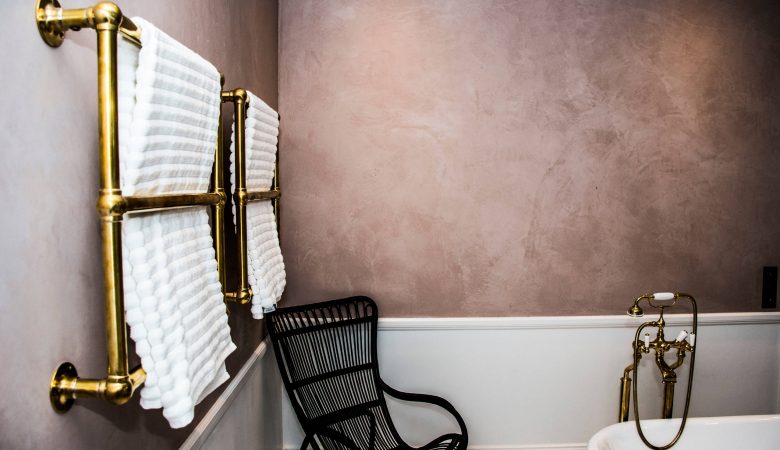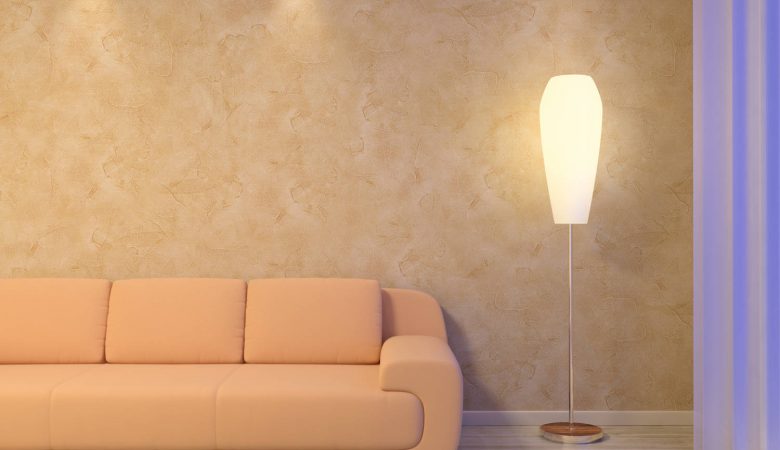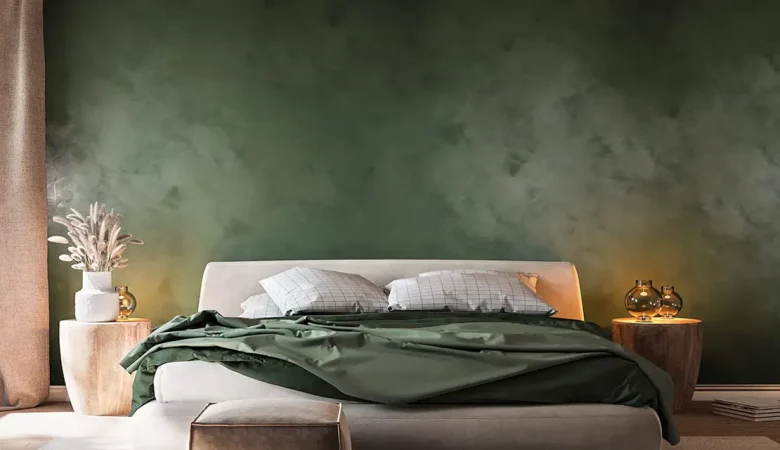The Art of Tadelakt – A Natural Finish with Mediterranean Soul
In the world of luxury wall finishes, few materials strike the balance between tradition, functionality, and natural beauty quite like Tadelakt. While at ShareDecor our craft is rooted in Venetian plaster and Italian stucco, we deeply appreciate the rich legacy of global plaster techniques. Tadelakt, with its deep Mediterranean soul, is one of them—a finish that has stood the test of time for over a thousand years. What is Tadelakt? Tadelakt is a lime-based plaster that originated in Morocco, historically used to coat the walls of hammams (steam baths), palaces, and riads. What makes Tadelakt unique is its soft, stone-like finish and its remarkable water resistance, achieved not with synthetic sealants, but through a completely natural process involving olive soap and manual burnishing. Its look is unmistakable: smooth but subtly textured, softly reflective, and imbued with earthy, natural tones that blend perfectly with both rustic and modern aesthetics. How Tadelakt Is Applied Unlike paint or conventional plaster, Tadelakt is a true artisan’s medium. The application requires several steps, all performed by hand: A special lime plaster is applied in thin layers. The surface is compressed and shaped using a stone. Natural black soap (made from olives) is rubbed into the surface, triggering a chemical reaction that helps seal and waterproof the finish. The result is a surface that is not only beautiful but also extremely durable and moisture-resistant, making it ideal for bathrooms, wet rooms, and feature walls. Why It Speaks to Us as Venetian Plaster Specialists As a company rooted in hand-applied, natural finishes, we see in Tadelakt the same virtues we value in our work with Venetian plaster—craftsmanship, longevity, and elegance. It’s a finish that can’t be replicated by machines or shortcuts. Each surface tells a story, shaped by the hands that applied it. Though Tadelakt isn’t our primary service, it embodies the same artisan philosophy we bring to every project. For clients drawn to natural materials and organic textures, it’s a finish worth exploring. Final Thoughts In an age of mass production and throwaway décor, Tadelakt offers something rare—a soulful, sustainable finish rooted in ancient knowledge and artistic mastery. Whether paired with polished plaster or used on its own, it complements a space with quiet elegance.





